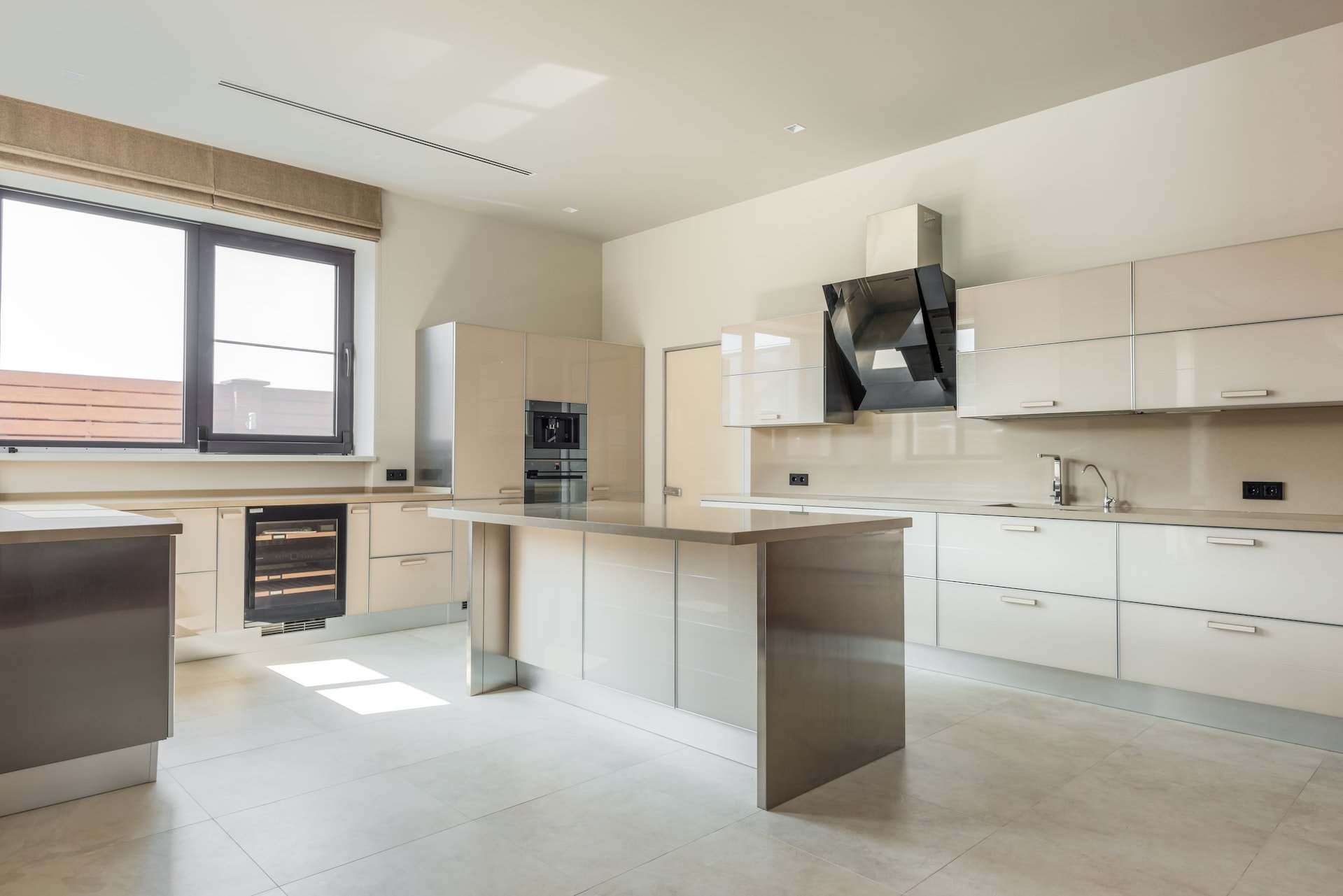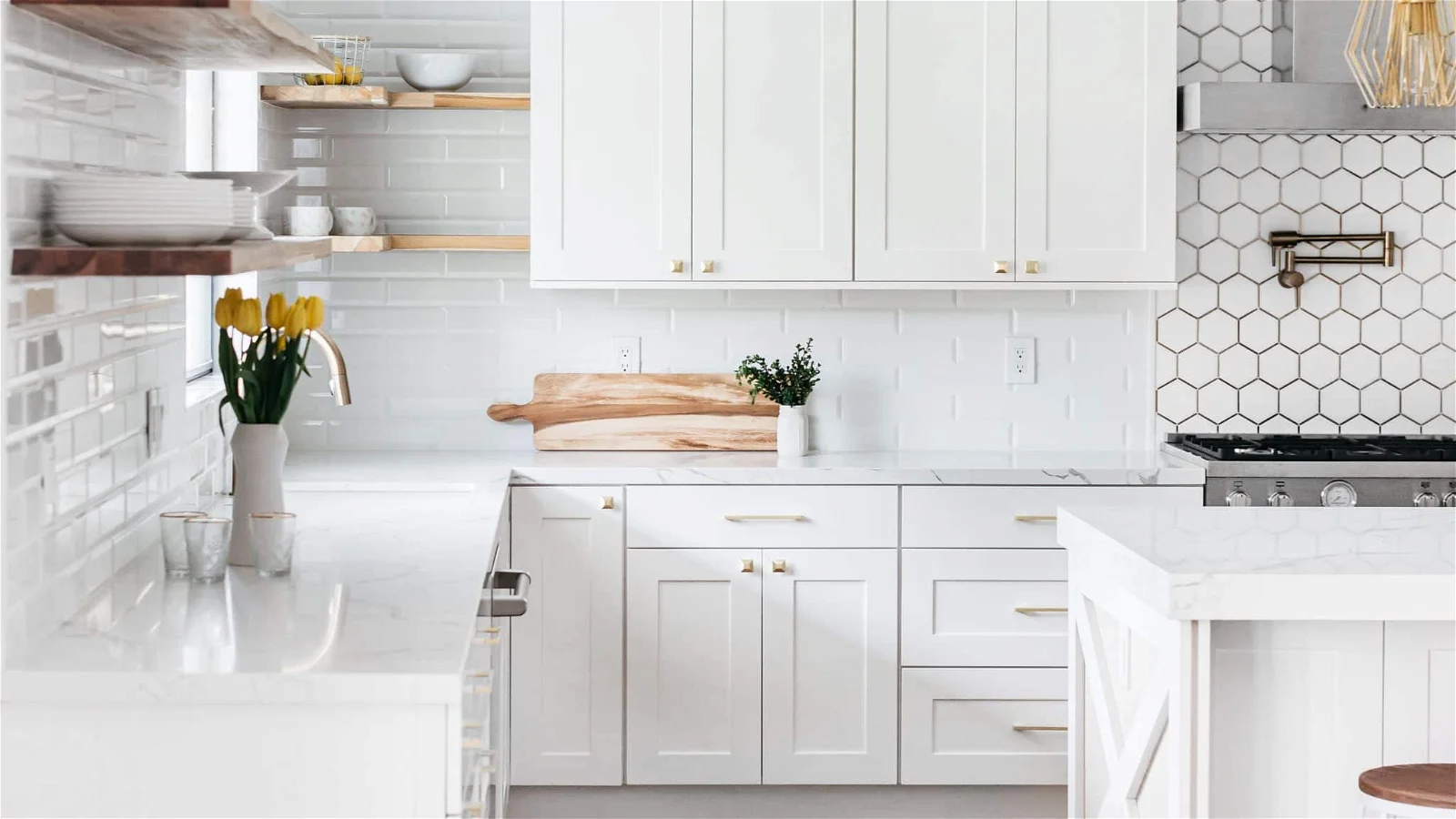Surface Preparation for a Smooth Cabinet Finish
Achieving a flawlessly smooth finish on painted cabinets requires meticulous surface preparation. This process, often overlooked, significantly impacts the final result, determining the adhesion, durability, and overall aesthetic appeal of the paint. Proper preparation involves sanding, cleaning, priming, and filling imperfections, each step crucial for a professional-looking outcome.
Cabinet Sanding Techniques and Grit Selection
Sanding is paramount for creating a smooth surface receptive to paint. Different grits serve specific purposes in the process. The following table Artikels a recommended sanding sequence, tool suggestions, and troubleshooting guidance.
| Step | Grit | Tool Recommendation | Potential Problems & Solutions |
|---|---|---|---|
| 1. Initial Sanding | 80-100 grit | Random orbital sander (for large surfaces); hand sanding block (for detail work) | Uneven sanding: Use consistent pressure and overlapping strokes. Deep scratches: Consider a coarser grit initially, then progress to finer grits. |
| 2. Intermediate Sanding | 120-150 grit | Random orbital sander or hand sanding block | Dust buildup: Regularly clean the sanding surface. Sanding marks remain: Increase the sanding time or switch to a finer grit. |
| 3. Fine Sanding | 220 grit | Hand sanding block for even surface; fine sanding sponge for contours | Swirl marks: Use light pressure and even strokes. Sanding through paint (if repainting): Use a lower grit for the initial sanding and gradually increase the grit. |
Cleaning and Priming Cabinets
Thorough cleaning removes dust, grease, and any previous finishes, ensuring optimal primer adhesion. The choice of primer depends on the cabinet material.
How to paint cabinets smooth finish – The following list compares different primer types and their suitability for various cabinet materials:
- Oil-based primer: Offers excellent adhesion and stain blocking, suitable for most wood types and previously painted surfaces. Drawbacks include longer drying times and strong odor.
- Water-based primer: Low odor, quick drying, and easy cleanup. Excellent for wood and melamine. However, it might require more coats for complete coverage and stain blocking.
- Shellac-based primer: Exceptional for knotty pine and other woods prone to bleeding through the paint. Fast drying but can be more expensive than other options.
- Melamine-specific primer: Designed for melamine surfaces, providing excellent adhesion to this non-porous material. Often offers superior durability compared to general-purpose primers on melamine.
Filling Imperfections in Cabinets
Wood filler, putty, or other appropriate materials effectively address dents, scratches, and other surface imperfections. Apply the filler according to the manufacturer’s instructions, ensuring it is slightly overfilled to allow for sanding.
Image Description: The image depicts the proper application of wood filler. A putty knife is shown smoothly spreading a small amount of wood filler into a scratch on a cabinet door. The filler is applied slightly above the surface of the surrounding wood. The next image shows the filled area after the filler has dried, being carefully sanded flush with the surrounding surface using fine-grit sandpaper and a sanding block, resulting in a seamless, even surface.
Paint Selection and Application Techniques for a Smooth Finish: How To Paint Cabinets Smooth Finish

Selecting the appropriate paint and employing precise application techniques are crucial for achieving a flawlessly smooth finish on kitchen cabinets. The choice of paint significantly impacts the final result, influencing both the durability and the ease of application. Equally important is the mastery of various application methods to minimize imperfections and maximize the aesthetic appeal of the finished project.
Paint Type Comparison for Cabinet Refinishing
The selection of paint is paramount in achieving a smooth, durable finish on cabinets. Different paint types offer unique advantages and disadvantages. The following table summarizes key characteristics to aid in informed decision-making.
| Paint Type | Durability | Smoothness | Ease of Application |
|---|---|---|---|
| Oil-Based Alkyd | Excellent; highly resistant to scratches and moisture. Provides a hard, durable finish. | Excellent; self-leveling properties contribute to a smooth surface. | More challenging; requires thinner for cleanup, longer drying time, and strong odor. |
| Water-Based Acrylic/Latex | Good; durable enough for most applications, though less resistant to scratches than oil-based paints. | Good; modern formulations offer excellent leveling properties, resulting in a smooth finish. | Easy; water cleanup, faster drying time, and low odor. |
| Acrylic-Urethane (Hybrid) | Excellent; combines the durability of oil-based paints with the ease of application of water-based paints. | Excellent; offers both excellent leveling and durability. | Good; easier cleanup than oil-based paints, but may require slightly more coats than latex. |
| Milk Paint | Fair; less durable than other options; more susceptible to chipping and scratching. Often requires a topcoat for protection. | Good to Fair; can be smooth with proper preparation and application, but may show brushstrokes more readily. | Easy; water-based and easy cleanup. |
Paint Application Techniques
Proper application techniques are vital for a flawless finish. Three common methods—brushing, rolling, and spraying—each present unique advantages and require specific skillsets to achieve a smooth, even coat.
The choice of application method depends largely on the scale of the project, the desired level of finish, and the painter’s experience. Regardless of the method chosen, meticulous preparation is key to success.
Brush Application Technique
A high-quality brush with synthetic bristles is recommended for applying paint to cabinets. The brush should be loaded with a moderate amount of paint, avoiding excessive saturation. Apply the paint in smooth, even strokes, working in the direction of the wood grain. Overlapping strokes are necessary to ensure complete coverage, but avoid excessive overlapping which can lead to unevenness. An image depicting this would show a painter moving the brush in long, parallel strokes, maintaining consistent pressure and a slight overlap between each stroke. The image would also highlight the importance of working in sections and blending the edges of each stroke seamlessly.
Roller Application Technique
For larger cabinet surfaces, a high-quality roller with a short nap is preferred. The roller should be evenly loaded with paint to avoid streaks or blotches. Apply the paint in smooth, even strokes, maintaining consistent pressure. An image depicting this would showcase the painter using a back-and-forth motion with minimal pressure, ensuring even paint distribution. The image would highlight the importance of using a paint tray to manage paint excess and avoid dripping.
Spray Application Technique
Spray painting offers a quick and efficient method for achieving a smooth finish. However, it requires careful control of the spray gun and appropriate ventilation. An image of this would show the painter maintaining a consistent distance between the spray gun and the cabinet surface, moving it smoothly and evenly to create a uniform coat. The image would also emphasize the importance of using a respirator and proper ventilation to prevent inhaling paint fumes. Spray painting requires practice to avoid runs and drips.
Multi-Coat Painting Workflow
Achieving a truly professional-looking finish often requires multiple coats of paint. A systematic approach is essential to ensure a smooth, even result.
- Apply the first coat of paint, ensuring even coverage and avoiding drips or runs. Allow the paint to dry completely according to the manufacturer’s instructions. This typically takes several hours, but it’s crucial to allow for full drying to prevent problems with subsequent coats.
- Once the first coat is completely dry, lightly sand the surface using fine-grit sandpaper (220-grit or higher). This step removes any imperfections or raised areas, creating a smooth surface for the subsequent coat. Focus on removing any brushstrokes or roller marks from the first coat.
- Wipe the surface clean with a tack cloth to remove sanding dust. This prevents dust particles from being trapped in the subsequent coat of paint.
- Apply the second coat of paint, using the same technique as the first coat. Again, ensure even coverage and avoid drips or runs.
- Allow the second coat to dry completely. Depending on the paint type, additional coats may be necessary to achieve full opacity and a flawless finish. Repeat steps 2-4 as needed.
Troubleshooting and Advanced Techniques for a Professional Finish

Achieving a flawlessly smooth finish on painted cabinets requires meticulous attention to detail throughout the entire process. While proper preparation and application techniques are crucial, understanding how to address common problems and employing advanced techniques elevates the final result from acceptable to exceptional. This section details common painting issues, their solutions, and advanced methods for achieving a professional-quality finish.
Common Painting Problems and Solutions
Addressing imperfections effectively is paramount to achieving a professional-looking finish. Neglecting these issues can lead to a less-than-ideal aesthetic outcome and necessitate rework. The following Artikels common problems and their respective solutions.
- Drips and Runs: These are typically caused by applying paint too thickly or working in excessively hot or humid conditions. Solution: Apply thin, even coats, allowing sufficient drying time between each. Work in a well-ventilated area with moderate temperature and humidity. If drips or runs occur, allow the paint to dry completely, then carefully sand them smooth before applying another coat.
- Brush Strokes: Visible brush strokes often result from using a brush with inadequate quality, improper technique, or applying paint too thickly. Solution: Employ high-quality brushes with fine bristles. Use smooth, even strokes, and maintain a wet edge to avoid lap marks. Consider using a roller for larger surfaces, especially when using a low-viscosity paint. Multiple thin coats will also help minimize brush strokes.
- Uneven Coverage: This is frequently caused by inadequate surface preparation, using paint that is too thin, or applying insufficient coats. Solution: Ensure thorough surface preparation, including cleaning, sanding, and priming. Use a paint that is appropriately formulated for the surface and desired finish. Apply multiple thin coats, allowing each to dry completely before applying the next.
- Dust Nibs: These tiny imperfections often appear as small bumps or specks on the painted surface and are usually caused by dust settling on the wet paint. Solution: Work in a clean, dust-free environment. Use a tack cloth to remove any dust before applying each coat of paint. Light sanding between coats can also help minimize the appearance of dust nibs.
Advanced Techniques for Exceptional Smoothness, How to paint cabinets smooth finish
Employing advanced techniques can significantly enhance the final finish, producing a professional-looking result. The effectiveness of each method depends on factors such as the size of the project, the desired level of smoothness, and the painter’s experience.
- Paint Sprayer: A paint sprayer provides the most even and consistent application, minimizing brush strokes and resulting in an exceptionally smooth finish. However, it requires practice and proper setup to avoid overspray and runs. This technique is best suited for larger projects where efficiency is a priority.
- Multiple Thin Coats: Applying several thin coats, allowing each to dry completely before applying the next, builds a smooth, even layer of paint. This minimizes the risk of drips, runs, and brush strokes. This method is particularly effective with high-quality paints that self-level well.
- Wet-Sanding Between Coats: Wet-sanding with fine-grit sandpaper (e.g., 320-400 grit) between coats helps level out imperfections and create an incredibly smooth surface. This technique requires patience and a light touch to avoid sanding through the paint. It is best used after the initial coats have dried to a smooth, even surface.
